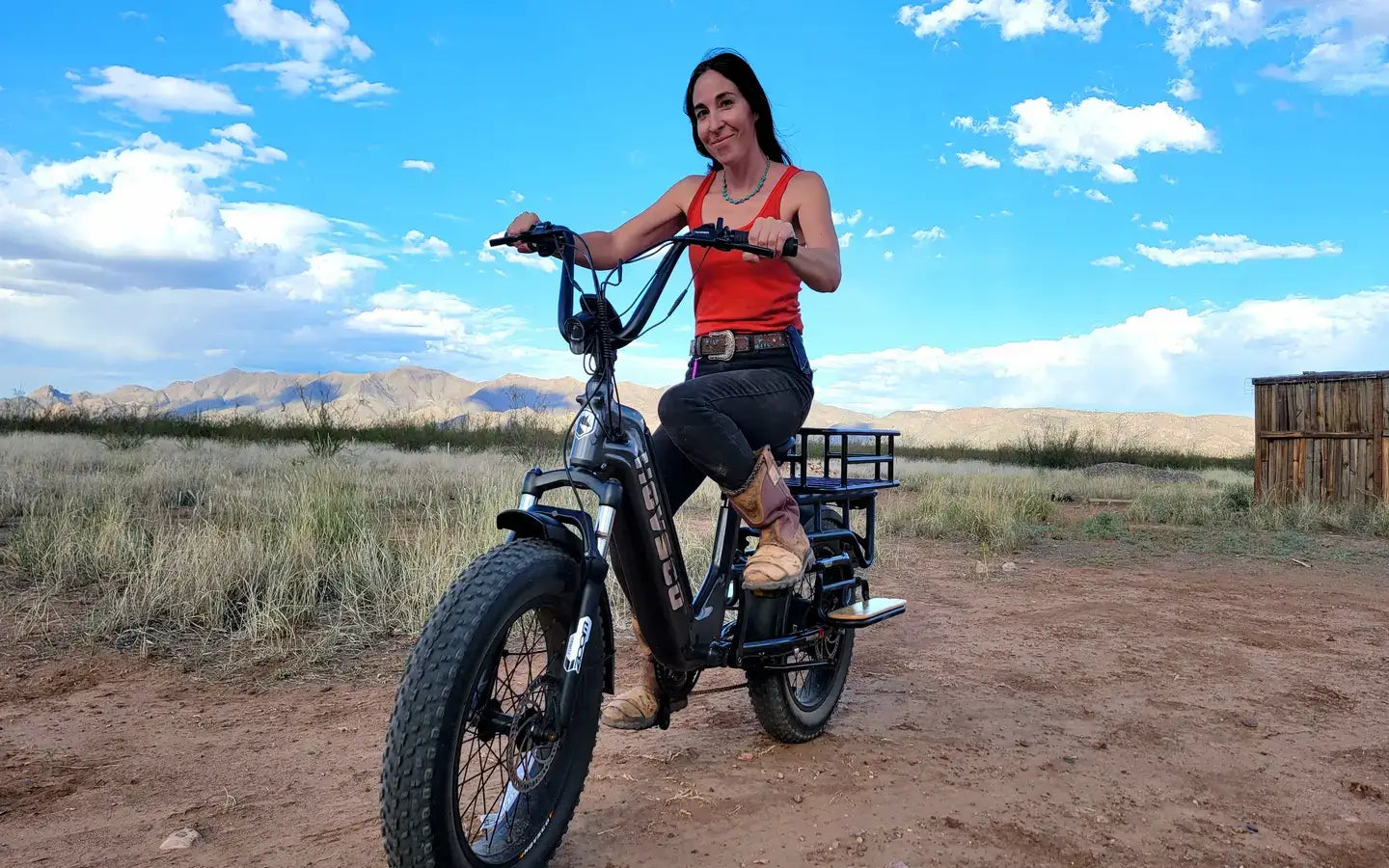
- by LiuJiazhu
How Eco-Friendly Are Electric Dirt Bikes For Trails?
- by LiuJiazhu
Electric dirt bikes are significantly more eco-friendly for trails compared to traditional gas-powered dirt bikes. They produce zero tailpipe emissions, drastically reducing air pollution and greenhouse gases. Their quiet operation minimizes noise disturbance to wildlife and natural habitats, while lower maintenance and compatibility with renewable energy sources further decrease their environmental footprint.
Electric dirt bikes deliver zero emissions during use, dramatically improving air quality on trails and in nearby communities. Their quiet operation minimizes noise disturbance, protecting wildlife and preserving the tranquility of natural spaces. By avoiding fuel and oil, they also prevent pollution of soil and water sources. These bikes use renewable energy when charged with solar or wind power, further shrinking carbon footprints. With fewer moving parts, they reduce resource consumption, making trail riding cleaner and more sustainable for the environment.
Electric dirt bikes offer several key environmental benefits:
These benefits collectively make electric dirt bikes a sustainable choice for off-road enthusiasts.
Noise pollution from gas-powered dirt bikes can disturb animal behavior, migration, and breeding patterns. Electric dirt bikes operate with a gentle hum, allowing wildlife to remain undisturbed and enabling riders to enjoy nature’s sounds. This reduction in noise pollution also makes trails more accessible to a broader range of users, including hikers and cyclists, fostering coexistence in shared natural spaces.
Noise Impact Comparison Chart
| Noise Source | Average Decibel Level (dB) | Impact on Wildlife |
|---|---|---|
| Gas-Powered Dirt Bikes | 90-110 | High disturbance, habitat stress |
| Electric Dirt Bikes | 50-60 | Low disturbance, minimal stress |
The environmental impact of electric dirt bikes depends partly on how their batteries are charged. Using renewable energy sources like solar or wind to recharge batteries significantly lowers their carbon footprint. Even when charged from conventional grids, electric dirt bikes typically have a smaller overall carbon footprint than gas bikes due to higher energy efficiency and zero direct emissions.
While both electric and gas dirt bikes can cause trail erosion and vegetation damage if misused, electric bikes often encourage more responsible riding due to their quieter presence and smoother power delivery. Their reduced noise allows riders to better hear environmental cues and other trail users, promoting safer, less disruptive riding. Additionally, electric bikes lack exhaust heat and fuel leaks, reducing localized environmental degradation.
By minimizing air and noise pollution and reducing fossil fuel consumption, electric dirt bikes help preserve sensitive ecosystems and wildlife habitats. Their cleaner operation aligns with conservation goals, allowing riders to enjoy trails without compromising natural integrity. This fosters greater acceptance of off-road recreation in protected areas and encourages sustainable outdoor activities.
When purchasing an electric dirt bike for eco-friendly trail use, prioritize models with efficient motors, regenerative braking, and batteries compatible with renewable energy charging. Look for lightweight designs to minimize trail impact and features that reduce noise and emissions. Brands like HOVSCO focus on sustainable innovation, offering durable, quiet, and low-impact electric dirt bikes that align with environmental stewardship. Always consider battery lifespan, ease of maintenance, and after-sales support to maximize your bike’s eco-friendly benefits.
"HOVSCO is committed to advancing electric dirt bike technology that harmonizes thrilling off-road performance with environmental responsibility. Our designs emphasize zero emissions, noise reduction, and energy efficiency to protect trails and wildlife. We believe electric dirt bikes are pivotal in transforming outdoor recreation into a sustainable pursuit, enabling riders to connect with nature while preserving it for future generations." — HOVSCO Environmental Engineer
Q: Do electric dirt bikes produce any emissions?
A: No, electric dirt bikes produce zero tailpipe emissions, making them cleaner than gas-powered models.
Q: How does the noise level of electric dirt bikes compare to gas bikes?
A: Electric dirt bikes operate at roughly half the noise level of gas bikes, significantly reducing disturbance to wildlife.
Q: Can electric dirt bikes be charged with renewable energy?
A: Yes, charging with solar or wind power further reduces their carbon footprint.
Q: Are electric dirt bikes less damaging to trails than gas bikes?
A: They generally cause less environmental disruption due to quieter operation and absence of fuel leaks, though responsible riding remains essential.
Q: What maintenance advantages do electric dirt bikes have environmentally?
A: They require less oil and fuel changes, reducing waste and pollution.
Share:
How To Maintain Electric Dirt Bike Off-Road?
How Safe and Legal Are Moped-Style Electric Dirt Bikes for Road Use?